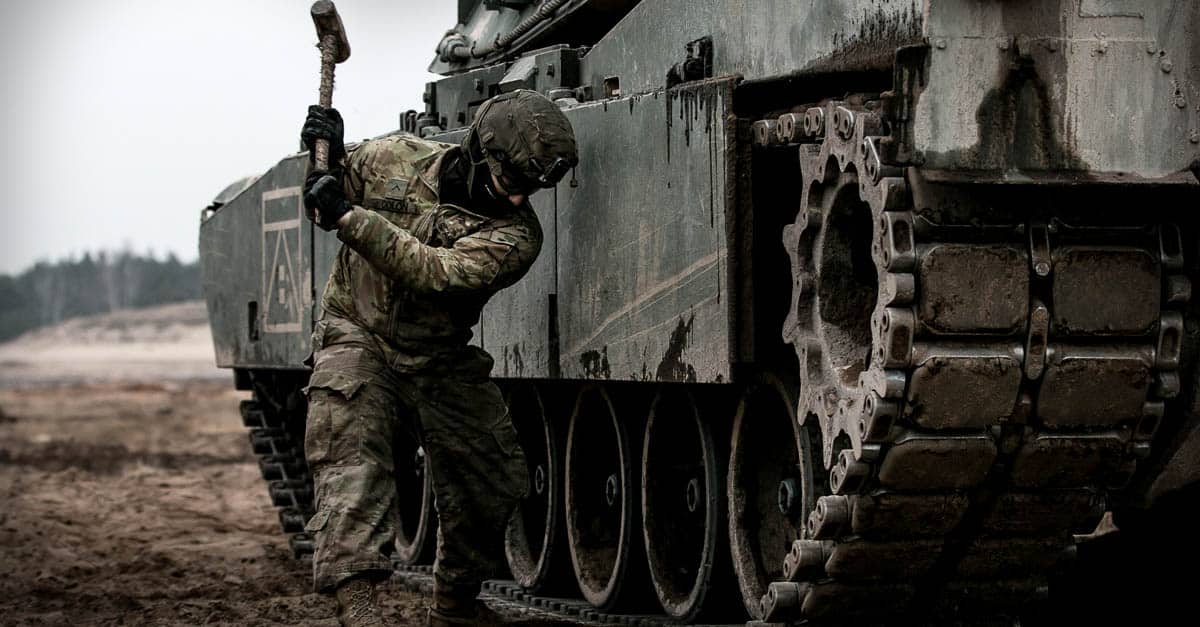M1 Tank Urban Survival Kit (TUSK)

The 2003 invasion of Iraq revealed M1 Abrams’ susceptibilities during urban combat. Attackers got close enough to hit weak points in the tank’s armor. To reduce damaged vehicles, the U.S. Army implemented the Tank Urban Survival Kit (TUSK), a series of modifications that include armor upgrades and a gun shield. The system allows tanks to be upgraded on the fly without needing to go back to maintenance depots. In 2006, the U.S. Army put in an order for 505 TUSK kits from Dynamics Land System.
